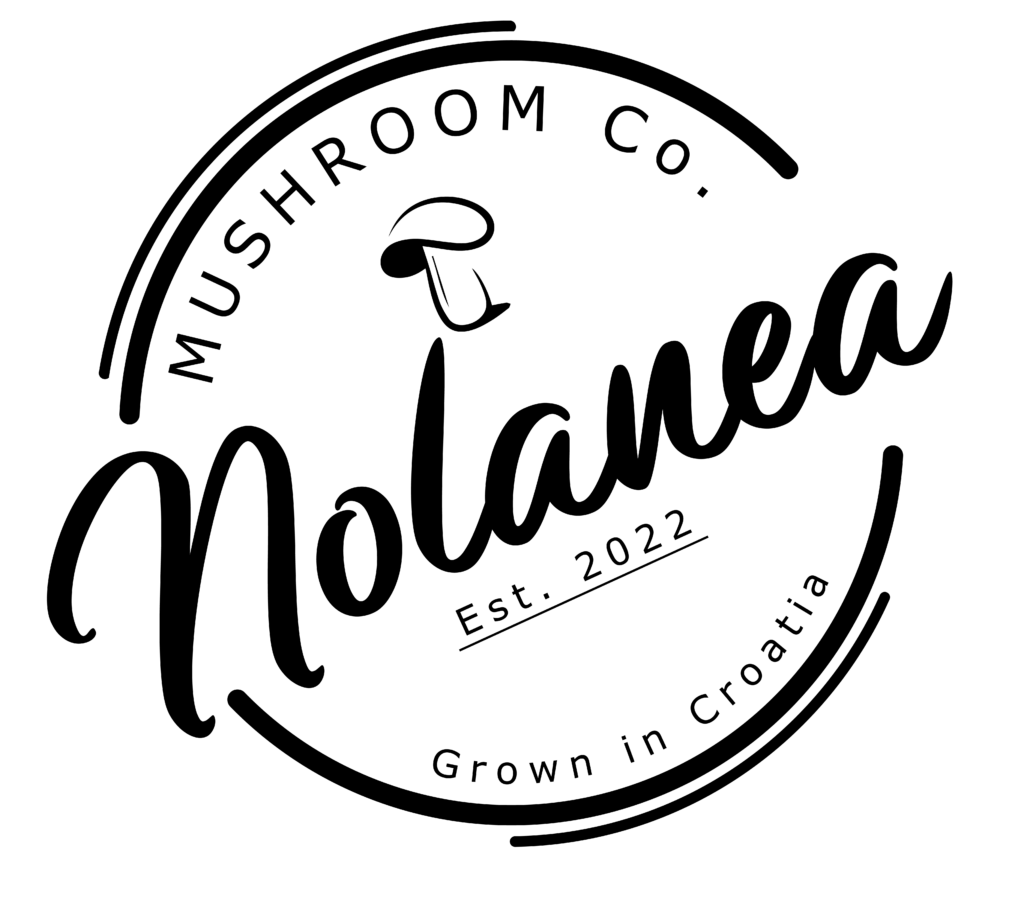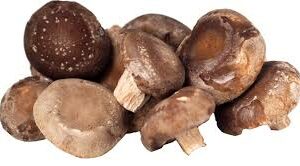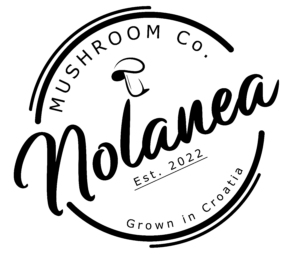Hericium erinaceus, otherwise known as Lion’s Mane, is a fuzzy-looking mushroom that grows in large, bulbous clusters. This variety is native to North America, Europe and Asia. The lion’s mane has many nicknames, including pom pom, monkey head and bearded hedgehog. Its shaggy appearance and bright white or creamy flesh make the lion’s mane visually prominent. Many home cooks are initially attracted to this mushroom because of its appearance, but after tasting it’s slightly sweet flavor, they become its devoted fans. This type of mushroom has a very unique, meaty texture, and can be served in a variety of dishes. Before it is cooked, lion’s mane has a soft, shaggy texture and a very earthy smell. We think the best way to prepare lion’s mane is to cut it into 2 cm thick “steaks” and sauté it. When sautéed with a small amount of olive oil or butter, lion’s mane transforms into a succulent texture reminiscent of shrimp or lobster. After cooking, the fibers of this mushroom are very similar in texture to meat, making this variety an excellent substitute for meat in many dishes.
Lion’s mane has a number of health benefits: relieving symptoms of depression and/or anxiety, helping with recovery from nervous system injuries, reducing the risk of heart disease, protecting against peptic ulcers, contributing to diabetes management and reducing inflammation.
Lion’s mane contains neurotrophic factors called hericenones and erinacins that can stimulate factors essential for nerve growth that are essential for optimal brain function. This could mean that patients with cognitive impairments such as Alzheimer’s disease, dementia, multiple sclerosis, etc. can use lion’s mane to regrow some nerve fibers in the brain and thereby increase their cognitive function.





